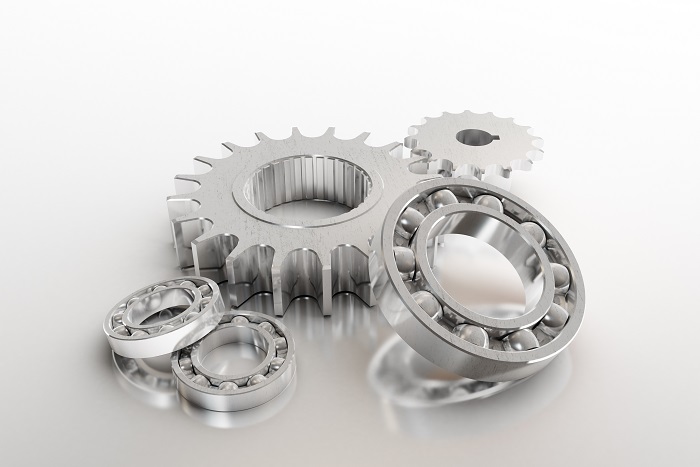Spray solvents are used to dissolve another substance and come in several forms including the common aerosol can. Organic cleaners, in particular, pose significant danger to the environment and overall health when released into the air. The danger is less if the...







